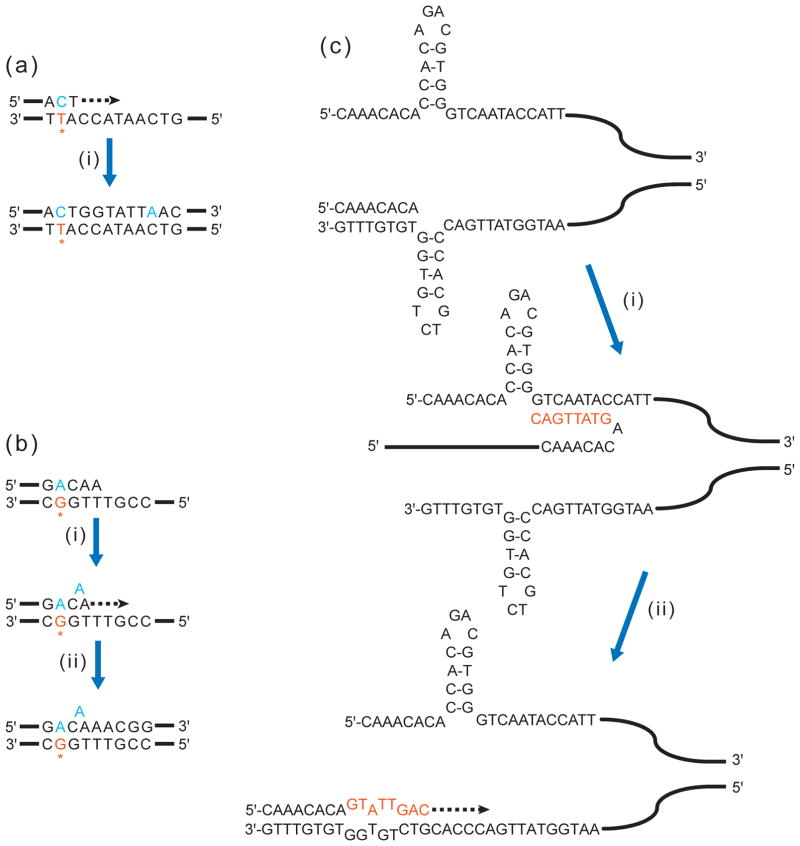Figure 1. Complex mutations can be generated by a single error or obstruction in DNA copying.
(a) Misincorporation by error-prone TLS polymerase. Initiating event: A TLS polymerase inserts a mismatched C (in blue) opposite a damaged T (in orange, with asterisk). Step (i): The TLS polymerase synthesizes several more bases and misincorporates another base (A opposite undamaged C), generating a complex mutation event.
(b) Slippage by error-prone TLS polymerase. Initiating event: A TLS polymerase inserts a mismatched A opposite a damaged G. Step (i): The polymerase synthesizes further, encountering a T homonucleotide run. Slippage within the run produces a single-nucleotide bulge. (ii) Synthesis continues beyond homonucleotide run, leaving the bulge uncorrected. Adapted from Figure 2 in (49).
(c) A replicase is blocked from further synthesis at a hairpin formed by short inverted repeat. Step (i): A TLS polymerase bypasses the blocking hairpin by switching template and synthesizing a short stretch (in orange). Step (ii): The newly extended nascent strand then realigns to original template, despite mismatches to the resolved hairpin (bulging nucleotides). A replicase continues synthesis beyond the mismatches, yielding a complex mutation event. Adapted from Figure 6 in (85).

